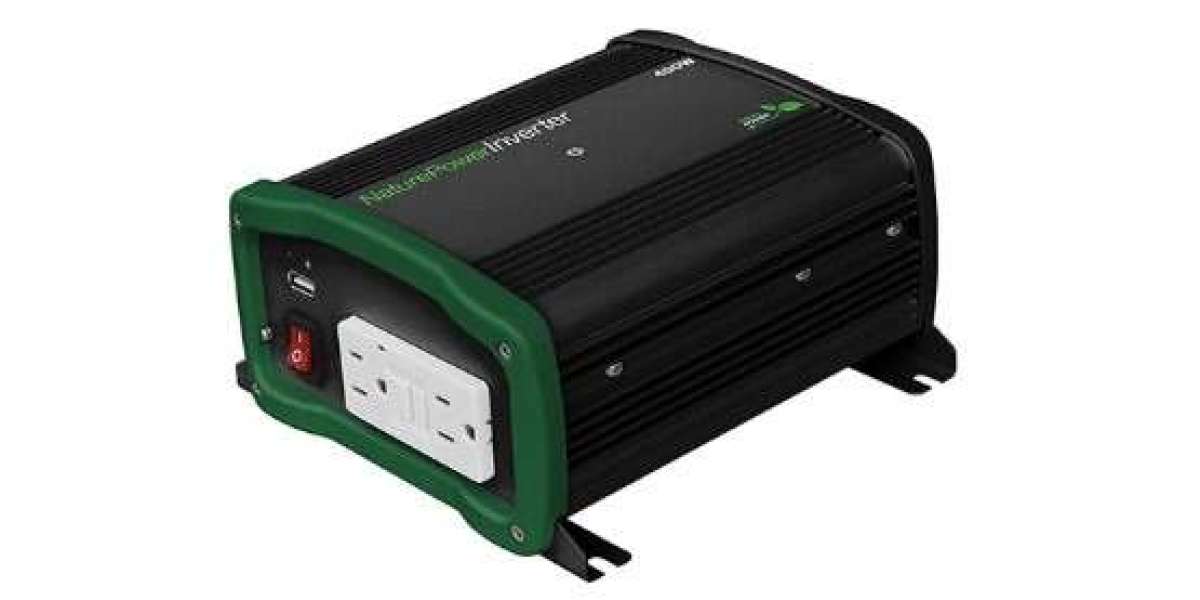A battery inverter is an essential device for households that rely on stored energy, whether from solar panels, backup batteries, or portable systems. Its primary role is to take direct current (DC) stored in batteries and convert it into alternating current (AC), which is the standard form of electricity used in homes. Without this conversion process, stored energy would be incompatible with most home appliances and electronics. Understanding how a battery inverter works not only helps you make informed purchasing decisions but also ensures that your system operates efficiently for years.
The Role of Stored Energy in Modern Homes
Stored power plays an increasingly important role in both off-grid and grid-tied homes. With the rising adoption of renewable energy systems, such as solar, storing excess electricity in batteries allows homeowners to use it later, particularly during outages or peak demand periods. However, most household devices cannot run directly on battery power, making the inverter a critical component in any energy storage setup.
How a Battery Inverter Works
The operation of a battery inverter is based on converting DC electricity into AC electricity. Batteries naturally store power as DC, but household outlets supply AC. The inverter uses electronic circuits to rapidly switch the direction of current flow, simulating the oscillating pattern of AC power. This output is then fine-tuned to match the voltage and frequency standards required by home systems, typically 120V or 240V at 60Hz in North America.
Pure Sine Wave vs. Modified Sine Wave Inverters
Not all inverters produce the same quality of AC power. Pure sine wave inverters replicate the smooth, wave-like pattern of utility grid electricity, making them suitable for sensitive electronics like computers, refrigerators, and audio equipment. Modified sine wave inverters are more affordable but produce a blocky waveform, which can cause certain devices to run less efficiently or even be damaged over time. For homeowners who value long-term performance, investing in a pure sine wave inverter is generally the best choice.
Efficiency and Energy Loss Considerations
While a battery inverter is highly effective, it is not 100% efficient. Some energy is lost as heat during the conversion process. High-quality inverters can achieve efficiency rates above 90%, meaning only a small portion of stored energy is wasted. Proper ventilation and installation can further enhance performance and prevent overheating during heavy usage.
The Role of an RV Camper Inverter in Mobile Energy Systems
For those who travel frequently, an RV camper inverter functions in much the same way as a home inverter but is designed for portability and compact storage. These units allow RV owners to power kitchen appliances, entertainment systems, and charging devices while on the road. The ability to convert stored battery power into usable AC electricity ensures comfort and convenience even in remote locations without direct access to the power grid.
Safety Features in Modern Inverters
Safety is a top priority when dealing with electrical systems. Many inverters include built-in protections such as overload shutdown, low-voltage alarms, short-circuit prevention, and temperature sensors. These features not only protect the inverter but also safeguard the connected appliances and the home’s electrical system.
Integration with Solar Energy Systems
Battery inverters are often integrated with solar panel setups to create a complete home energy solution. Solar energy is stored in batteries as DC power, then converted by the inverter into AC for household use. In grid-tied systems, excess energy can even be fed back to the utility grid, potentially earning credits through net metering programs.
Choosing the Right Inverter for Your Needs
When selecting a battery inverter, consider the total wattage your home or system requires, the type of devices you plan to power, and whether you need portability. Higher-wattage inverters can run more devices simultaneously, but they are also more expensive. Matching the inverter’s output capacity to your energy demands is crucial for efficiency and cost-effectiveness.
Maintenance and Longevity
Regular maintenance helps extend the life of your inverter. This includes keeping the unit clean, ensuring proper ventilation, checking wiring connections, and replacing any worn components. Most quality inverters can last for many years if cared for properly, making them a valuable long-term investment.
Conclusion
A battery inverter is the bridge between stored energy and practical home use, ensuring that DC power from batteries can operate standard household appliances. By understanding how it works, homeowners can choose the right system, maintain it effectively, and enjoy uninterrupted power when it matters most. For those on the road, an RV camper inverter offers the same convenience and reliability in a mobile setting, making it a versatile solution for both home and travel energy needs.



